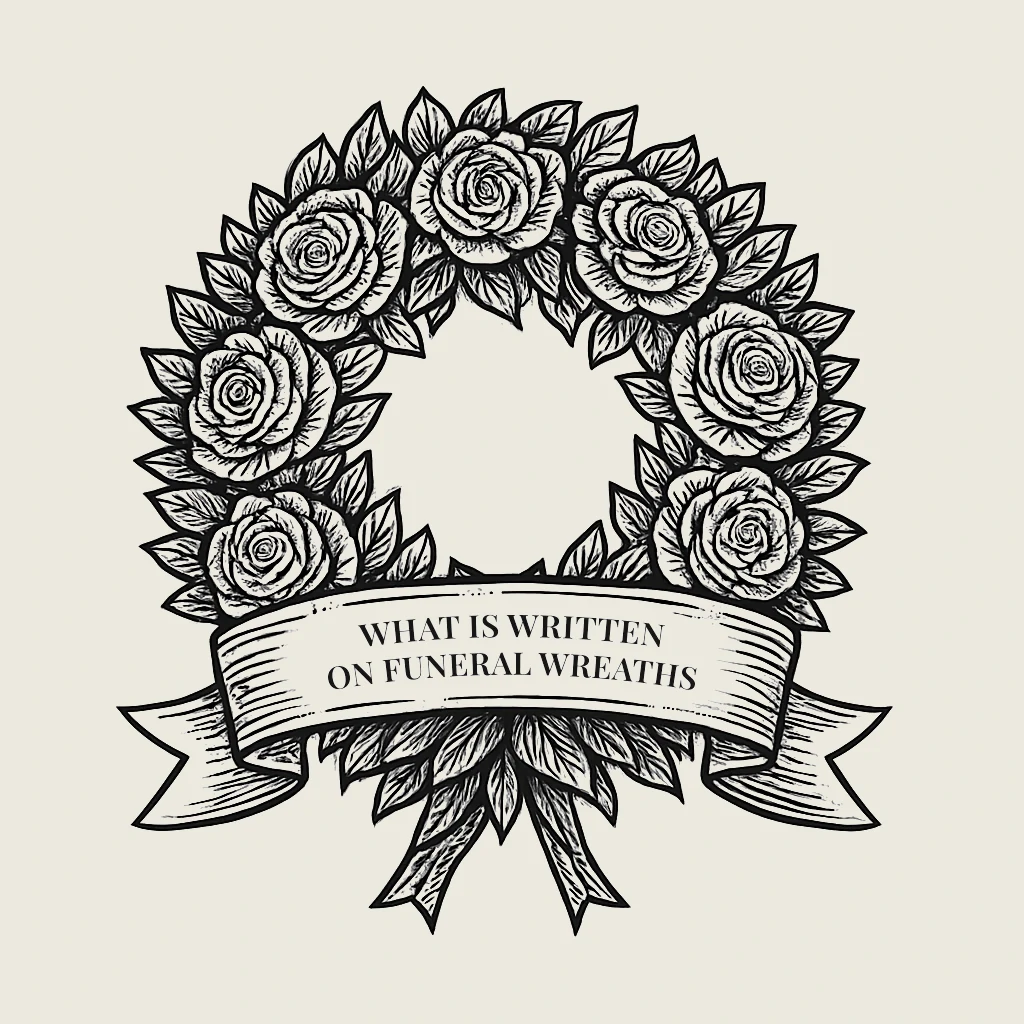Is it Allowed to Keep an Ashes Urn at Home: Laws, Traditions, Practices
Introduction
Modern society is increasingly choosing cremation as an alternative method of burial. After the procedure, the deceased's ashes are handed over to the family or funeral service representatives in an urn. At this stage, relatives face an important question — is it allowed to keep the ashes urn at home. The answer depends on various factors: legal norms, religious beliefs, cultural traditions, and personal convictions.
Options for Ashes Burial
Burial at the Cemetery
One of the most common methods is burial at a cemetery. The urn can be buried either in an individual grave or in an existing family plot. Sanitary regulations for secondary burials may not apply if kinship is confirmed. This approach allows saving space and preserving the memory of several generations in one area.
Placement in a Columbarium
For those seeking an alternative to burial, a columbarium is a suitable option. It is a specially equipped wall with niches where one or more urns can be placed. Columbaria can be either open or closed. If desired, the family can decorate the niche with a memorial plaque and flowers. This allows for respectful remembrance of the deceased while still providing the possibility of visiting.
Family Crypt or Sarcophagus
Some families opt for crypts or sarcophagi, especially when it comes to ancestral burials. This is a more traditional yet reliable method of placing the urn. Such structures can accommodate multiple urns, following ritual and cultural norms. This option is often used in places where traditions are respected and where there is a desire to unite family burials in one location.
Special Sections for Urns
Some cemeteries provide separate areas exclusively for urn burials. These sections require less space and simplify grave maintenance. In some cases, they can be obtained for free if certain conditions are met. This option is ideal for those seeking an affordable yet official solution for storing ashes after cremation.
Procedure for Burial Arrangement
To arrange the burial of an urn, certain documents will be required: a death certificate, a cremation certificate, and the applicant's identification. In the case of a secondary burial, proof of kinship with the already buried person must be provided. In some instances, a document for the plot may also be required. These documents ensure the procedure is carried out within the legal framework.
Receiving the Urn from the Crematorium
After the cremation, the urn can be picked up the following day. In some cases, the crematorium staff may require you to specify the final burial location. Free storage of the urn is limited to a period of 40 days. If the ashes are not claimed within a year, they may be transferred to an anonymous grave.
Scattering the Ashes
Legislation strictly regulates scattering ashes. This is only allowed if there is a corresponding will, notarized. Furthermore, ashes can only be scattered in designated areas — for example, in "Fields of Sorrow." Scattering in public parks or near bodies of water without permission is prohibited.
Can the Urn Be Kept at Home?
Legally, the law does not prohibit keeping the urn at home. Whether or not the urn with ashes can be brought home — the answer depends on culture and personal views. In Hindu tradition, for example, it is permissible to keep the urn at home and even decorate it. At the same time, according to Orthodox Christian canons, burial is preferred. Psychological factors must also be considered — not everyone finds it easy to have the urn in a living space. Superstitions also play a role: there is a belief that keeping ashes at home may cause illness or misfortune, though there is no scientific evidence to support this.
International Experience
In European countries, the practice of keeping the urn at home is common. In the UK, France, and Italy, it is considered normal. In Germany, it is formally prohibited, but often practiced unofficially. In Asia, especially in Japan, it is also permissible to keep the ashes at home in memorial niches. In the US, many choose this path as a personal way to remember the deceased. Thus, global practices vary and depend on legislation and traditions.
Alternative Methods of Ashes Handling
- Transforming ashes into a diamond or jewelry.
- Creating a memorial tattoo using ashes.
- Placing the urn in the form of a sculpture or art object.
- Turning the ashes into a vinyl record with a recording.
These methods allow a personalized approach to remembering the deceased, reflecting the uniqueness of their personality and the family's wishes. However, it is important to note that most of these options require adherence to legal procedures.
Frequently Asked Questions
Sometimes relatives divide the ashes among themselves using several small urns. This is not prohibited by law and helps each person preserve part of the memories. Scattering in public places is not allowed without special permission. If documents are lost, duplicates must be requested from the Registry Office and the crematorium.
Conclusion
Each person has the right to choose how to handle the ashes of the deceased. The law provides various options: from burial at a cemetery to keeping the urn at home. The most important thing is to respect the memory of the deceased, comply with legal norms, and be considerate of the feelings of relatives. Before bringing the ashes home, it is important to think everything through and discuss it with family members. Remember: the choice should be thoughtful and honest, both for yourself and in honoring the memory of the loved one.
Read also:




